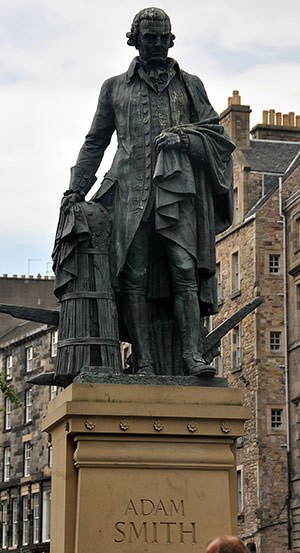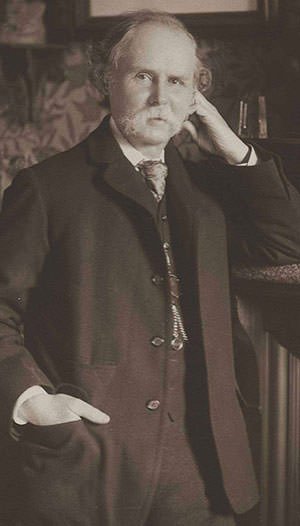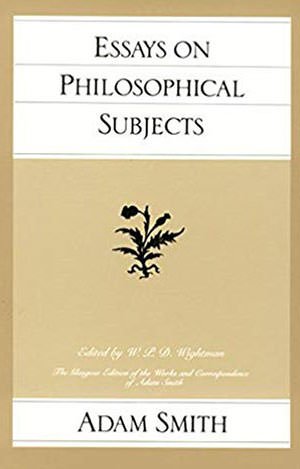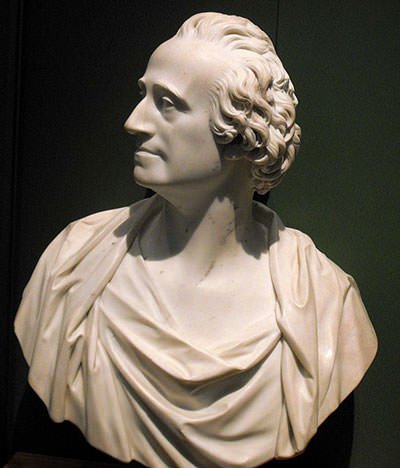Born in 1723, Adam Smith was a social philosopher and political economist from Scotland who is widely regarded as the Father of Modern Economics for laying the foundations of the new-age economic system. His most important work, The Wealth of Nations, is considered one of the most influential books ever written. Adam Smith was absent minded and had a peculiar personality leading to many interesting incidents in his life. He hated to be captured in portraits due to which only a few portraits of him were created during his lifetime. Due to his enormous contribution in shaping the modern world, Adam Smith has been honoured in various ways. Among other things, he was the first Scotsman to feature on an English banknote and a celestial body was named after him. Here are 10 interesting facts about Adam Smith.
#1 ADAM SMITH WAS KNOWN TO HAVE A PECULIAR PERSONALITY
Many of Smith’s contemporaries and biographers have described him to have a comical personality. He is said to have peculiar habits of speech and gait. Interestingly, he was also known to talk to himself, which might have been the result of a childhood when Smith would indulge in imaginary friends. Along with this, Smith was also known to have bouts of imaginary illnesses.

#2 HE WAS HILARIOUSLY ABSENT MINDED
Smith was so absent minded that it often made him a victim of hilarious incidences. Once while Smith took British politician Charles Townshend on a tour of a tanning factory, he fell into a tanning pit and needed to be rescued. He is even reported to have put bread and butter in a teapot once. Comically, he also drunk the concoction and declared it to be the worst cup of tea he ever had. In another similar incident, Smith was so distracted in his thoughts once that he went out walking in his nightgown, only to end up 15 miles outside town.
#3 HE DID NOT LIKE HIMSELF TO BE CAPTURED IN PORTRAITS
Smith was not a fan of portraits and rarely sat down for one. Hence, almost all depictions of him were drawn from memory. He has been described as a person who “had a large nose, bulging eyes, a protruding lower lip, a nervous twitch, and a speech impediment”. Smith was aware of his shortcomings and acknowledged this with the quote “I am a beau in nothing but my books”.

#4 SMITH WAS A VORACIOUS READER
While this befits his stature and may not come as a surprise, Smith was also known to be a voracious reader. In fact, his personal library consisted of about 1500 books spanning various subjects. Naturally this made him to have an incredible command on the English language, so much so that he was known for his acute attention to grammar, even in Greek. On the other hand, Smith was also adept in the field of philology.
#5 HIS RELIGIOUS VIEWS REMAIN A MYSTERY TO DATE
A lot of debate has been undertaken among historians about the religious inclination of Smith. While his father showcased a strong affinity towards Christianity, Smith has been considered by some to be a deist, believing in the existence of a God on the evidence of reason and nature only. However, this viewpoint is contested due to the fact that his writings never explicitly indicate God as an explanation of nature. At the same time, some scholars at a later point have gone on to exaggerate Smith’s commitment towards God. Moreover, some authors argue that Smith’s social and economic philosophy is theological in nature. In fact, they say that his entire model of social order is derived from a logical standpoint of God’s role in nature. Due to these various viewpoints, no conclusion about his religious beliefs may be considered final.

#6 HIS WORK HAS ALSO BEEN CRITICISED
Although his writings were well received throughout the world, there have also been some exceptions. Alfred Marshall, an esteemed economist, actively criticised Smith’s definition of economy. The Invisible Hand is a famous theory of Smith in which he states that each individual in pursuing his own selfish good was led, as if by an invisible hand, to achieve the most beneficial economic outcome for all. However, another eminent economist Joseph E. Stiglitz went on to say that “the reason that the invisible hand often seems invisible is that it is often not there.”
#7 HE WAS ON THE VERGE OF PUBLISHING TWO MORE BOOKS
In the later years of his life, Smith had been planning to publish two more major treatises. One on the theory and history of law and another about sciences and arts. These works were sadly interrupted due to his demise. Some more writings that were published after his death include Essays on Philosophical Subjects and A History of Astronomy. Smith’s thoughts about ancient physics and metaphysics were also published, which gave insights into what the treatise on sciences and arts would have included.

#8 HIS LACK OF BRILLIANCE WAS CONSIDERED THE REASON FOR HIS SUCCESS
Although Smith’s work was criticised by Joseph Schumpeter for a lack of technical rigour, he also argued that Smith’s very limitation acted as a precursor for his success since his work appealed to a wider audience. He even went on to say that had Smith been more brilliant or had he dug deeper into his subjects, he would not have been taken seriously.
#9 ADAM SMITH WAS THE FIRST SCOTSMAN TO FEATURE ON AN ENGLISH BANKNOTE
Since Smith’s writings shaped the British imperial debates in the 19th century and acted as a crucial ingredient in the overturning of the Corn Laws, Smith has always been considered as an eminent figure in the UK. He was commemorated in the country on banknotes printed by two banks. This includes his portrait on £50 notes issued by the Clydesdale Bank in Scotland since 1981. In 2007, Smith also appeared on £20 bills issued by the Bank of England. This made Smith the first Scotsman to appear on an English banknote.

#10 HE HAS A CELESTIAL BODY NAMED AFTER HIM
Interestingly, Adam Smith also has a celestial body named after him, 12838 Adamsmith. It is a stony Koronis asteroid that was discovered on March 9th 1997 by a Belgian astronomer Eric Walter Elst at ESO’s La Silla Observatory in northern Chile. The approved naming citation for the asteroid was published by the Minor Planet Center on 30th July 2007.

